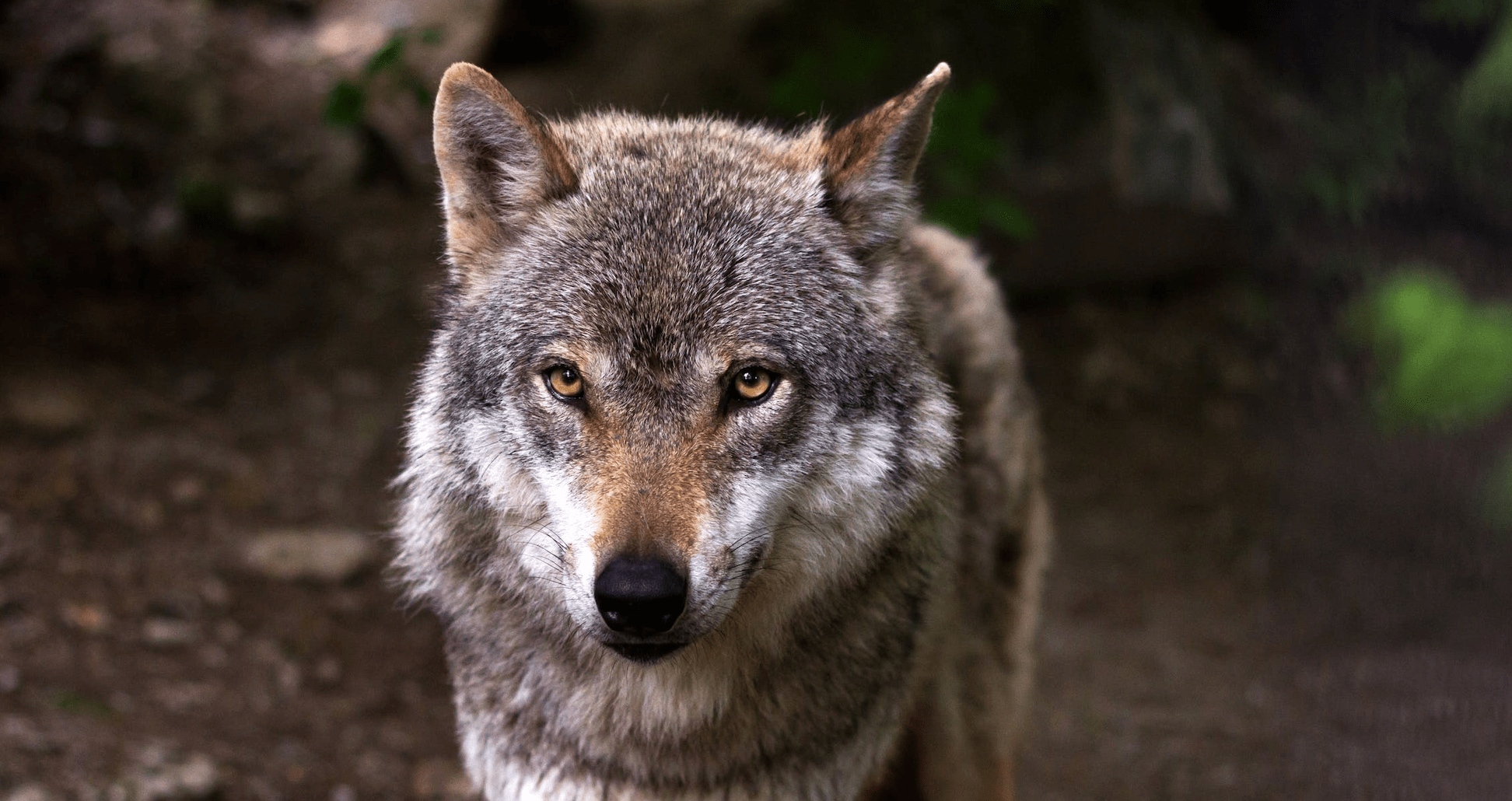Wolves have killed just two calves in Colorado so far this year, and though much has been made of the deaths, they are statistically insignificant.
The odds of a calf dying of other causes, predation and non-predation (e.g., illnesses), are much higher than becoming a meal for the limited number of wolves in Colorado.
Big picture, Colorado has about 2.8 million cattle and calves, which is about half of Colorado’s human population, according to the Colorado Cattlemen’s Association.
On April 2, a wolf killed the first calf in Colorado in 2024. The attack occurred in Grand County, home to 16,000 cattle and calves, according to 2021 federal data.
On April 7, a second calf was killed by a wolf in Jackson County, which had 21,500 cattle and calves.
The two calf deaths may be at least partially due to the reintroduction of 10 grey wolves into Colorado in December, as well as the natural migration of Wyoming wolves into Colorado’s Jackson County in the past year.
The investigation of the Jackson County calf death, by Colorado Parks and Wildlife (CPW), found the dead calf in the North Park area. CPW staff determined the kill was attributable to wolves, given injuries (bite patterns and bite depths), as well as partially consumed hindquarters, and wolf paw prints near the carcass.
The owner of the dead calf is not identified by CPW, nor has the agency released information about the kill site. CPW indicated that the producer who lost the calf will be entitled to fair market value for the animal if a claim is submitted. The fact that greater compensation is not in the works, indicates the producer was not using non-lethal tools to discourage predation by wolves or other predators.
CPW has determined that the Jackson County area has had one or two wolves that migrated in from Wyoming, and two wolves that were transplanted into the Summit and Grand counties in December. Those four may be involved in this most recent calf loss.

It is too early to speculate how many livestock wolves might kill in 2024, especially since CPW and the Colorado Department of Agriculture (CDA) are encouraging ranchers to use non-lethal tools and techniques to discourage wolf predation. CPW is loaning out tools like motion sensors, sound and light emitters, and electric fences with fladry strips. CDA is hiring/training range riders who can assist ranchers and shepherds patrol herds and flocks. Wildlife Services is raising and giving away guardian livestock dogs to interested livestock growers, who can use the dogs to protect vulnerable animals like calves and lambs.
National data
In 2011 U.S. Department of Agriculture compiled a massive report on livestock losses, due to predation or non-predation (like illnesses), based on 2010 data contributed by all 50 states.
That report indicated there were 93.9 million cattle and calves in 2010, with a mortality of 4.3%. Cattle above 500 pounds had a loss, from all causes, of 1.73 million, while calves below 500 pounds had a loss of 2.26 million, meaning there is greater mortality of younger animals.
The total loss of cattle and calves to predators in 2010 was 220,000 animals, or 5.5% of all mortality losses that year. Coyotes were responsible for 53.1% of predator losses, while nationally, wolves accounted for 3.7% of predator losses. Dogs garnered nine percent.
Non-predator losses accounted for 3.77 million livestock or 94.5% of all livestock losses. Nationally, the leading causes of cattle losses are respiratory (39.76%) and digestive diseases (19.2%).
Losses due to predation in Colorado in 2010 were 800 for cattle and 4,300 for calves. Non-predation losses were 54,200 and 50,700 respectively.




